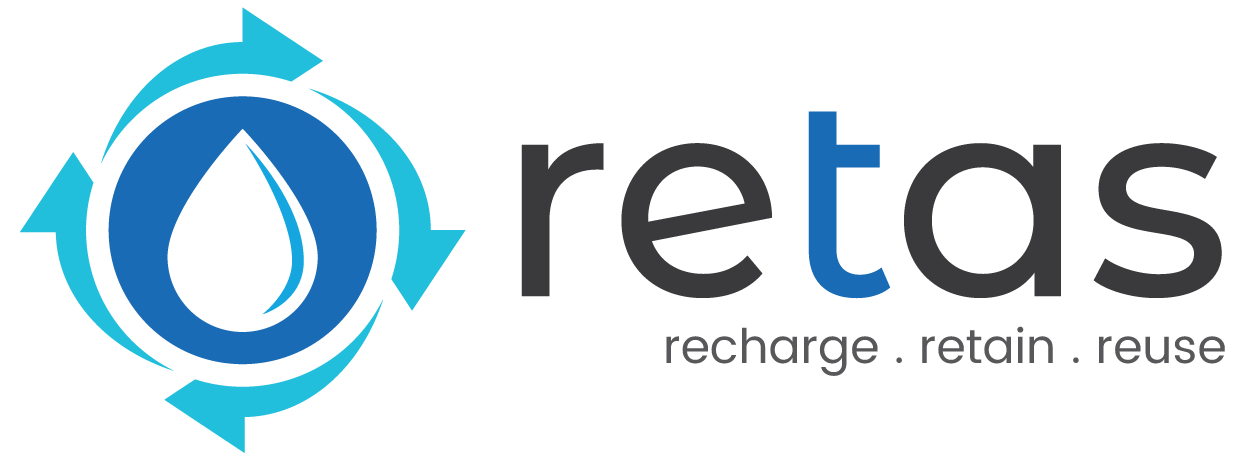Rooftop Rain Water Harvesting System
Rainwater harvesting is one of the best solutions to address the problem of today’s water scarcity in India. With increasing demands for water, India will become a water-scarce nation by 2025. Before it gets too late to impose any strategy, we should go beyond the traditional ways to save our water like rooftop rainwater harvesting. Storing and using rainwater to meet our daily chores reduces our dependence on the water system and helps us regulate the situation of water scarcity.
In urban local bodies, rainwater harvesting has been implemented already but there is a need to modify some of the structures. It seems more practical to recharge bore wells and open wells than to recharge deep fractures and fissures. Therefore, every household may learn how to implement rainwater harvesting systems into their homes and make a positive contribution towards water conservation.
Rooftop Rainwater Harvesting
The concept of rooftop rainwater harvesting highlights two major functions: tapping the rainwater where it falls and techniques to use for rainwater harvesting. In rooftop rainwater harvesting, you can catch the rainwater from the roof, and collect and divert it into ponds, vessels or underground tanks. In these tanks, you can store water for a longer time and recharge it by construction of RWH structures in the required sites.
Rooftops are an excellent catchment area for rainwater collection. If you can divert it properly, you can use the water in different ways like drinking, household needs, irrigation, or recharge bore wells. The process of rooftop harvesting is simple, cost-effective, and easy to maintain.
Rooftops rainwater water harvesting can be used in two ways:
Direct use: You can directly use rainwater from rooftops, and collect and store rainwater by constructing a sump through filters.
Artificial recharge to groundwater: Use scientifically planned methods to recharge the rooftop rainwater. For that, construct rooftop rainwater harvesting structures to augment the groundwater.
Benefits of rooftop rainwater harvesting
- It helps us to reduce water consumption and save money on water bills.
- You will get enough water for your gardening.
- No need to waste money on water tankers and water shortages due to water cuts.
- You can have a water supply for 24 hours without any dependence on water timings.
- Within 2 to 3 years, you can recover the installation cost due to savings in water bills.
- Savings of up to 200 litres of water per family in the society per day.
- It also helps us to save our environment.
Components of a rooftop rainwater harvesting system
Roof: In rooftop rainwater harvesting systems, the roof of any building acts as the prime catchment area for rainwater. Here, you can store rainwater directly or use it as shallow aquifer recharge. Make sure to check the finishing material or paint is not toxic or contains mercury.
Pipes: Pipes are used to transport water from the roofs to storage areas. The sizes of the pipes depend on the intensity of rainfall and roof area. To make the overall arrangement more attractive, people use rain chains instead of pipes.
First rain separator: Generally the first rain of the monsoon season contains dirt and other pollutants. It cannot be stored otherwise the storage tank gets contaminated. Therefore, the first rain separator is used to remove this water and to store subsequent rainwater.
Filter System: Filters are used to keep dust, stones, leaves, and other particles away from the storage tanks or recharge pits.
- Several manufacturers provide ready filter cartridges that need to be installed a few feet above ground on the pipeline. It filters the water before bringing water from the roof.
- In some cases, manufacturers construct a set of chambers underground with input from the roof water pipe and output to the storage of borewells.
Storage: The capacity of a storage tank depends on the availability of the space, users’ requirements, and usage. It also varies when you use the water for drinking or non-drinking purposes.
Recharge and excess outlet: The outlet directs overflow water to recharge groundwater once the storage tank is filled.
Guidelines for construction of rooftop rainwater harvesting structures
- Make sure to design and construct recharge structures in favourable geological conditions. The structures should not be taken up in impervious clayey soils, rock and steep sloped areas.
- Prefer to build recharge structures for recharging to depleted aquifers with deep water tables rather than shallow water table areas. Keep one thing in mind the water level should not be less than 5 to 6 metres once the monsoon period is over.
- Recharge structures should be taken up with unpolluted surface water only. Adequate precautions should be taken to prevent entry of polluted urban surface runoff water, and sewerage water into recharge structures.
- Ensure to plan and take up the recharge structures in over-exploited and critical areas where intensive groundwater development is happening for various uses.
- Try to protect existing tanks in and around the urban agglomeration areas against encroachments. Additionally, they should be converted into percolation ponds and tanks. It will stop drainage and other industrial pollutants from entering these tanks.
- It will be good to recharge groundwater through shafts in steep slope areas.
How can we help in rooftop rainwater harvesting?
Are you thinking of installing a rooftop rainwater harvesting system in your building? Do you need experts to rectify your concerns about rainwater harvesting? Allow us to help you out and provide you with the best solution so that you can install the system in your area without any headaches. We offer the following services:
Modular rainwater harvesting system
Based on filtration technology, we construct a modular rainwater harvesting system from interconnected modules and control stormwater. It requires negligible maintenance and cost-effective ways to store rainwater. With quick installation and design in any shape, the system is perfect to meet today's diverse water requirements.
Pipe inspection
To ensure the quality of the harvested rainwater, we conduct regular inspections of the entire system of the pipeline. Over time, pipes may develop leaks, cracks, or damage that compromise the quality of water. Therefore, we provide different methods to inspect pipelines by trained technicians. We also use CCTV cameras to capture high-resolution images for proper pipe infection.
Expert consultation
Installation of rooftop rainwater harvesting systems requires proper understanding. If you are going to install the system in your area, you may have lots of questions to ask or queries to solve. We provide insightful consultations from rainwater experts and skilled professionals in their industry to solve customers' queries.
In a nutshell, roof water harvesting is a cost-effective solution to fight against water scarcity. It is good for buildings having huge roof surfaces as it gets easy to collect more rainwater and meet the water demands without exceeding the water bill.



